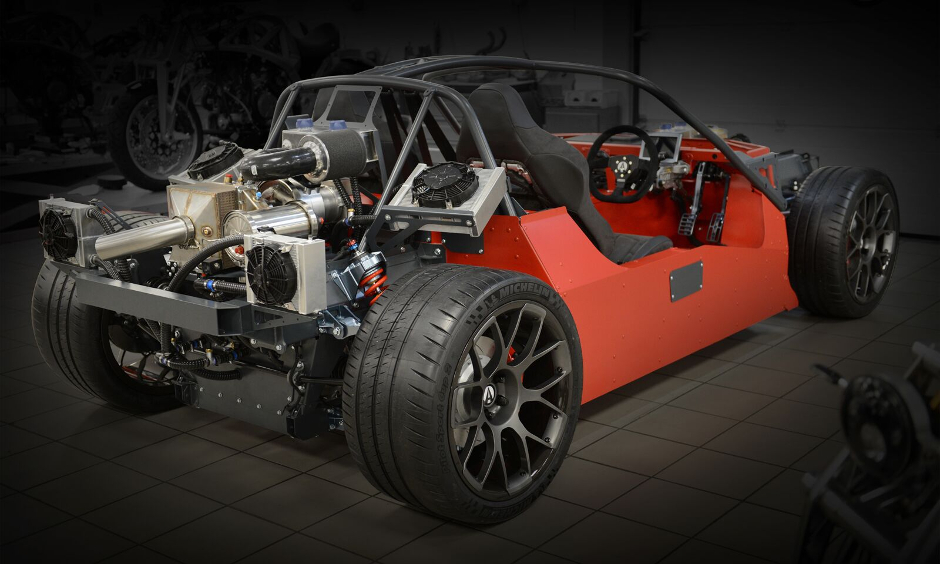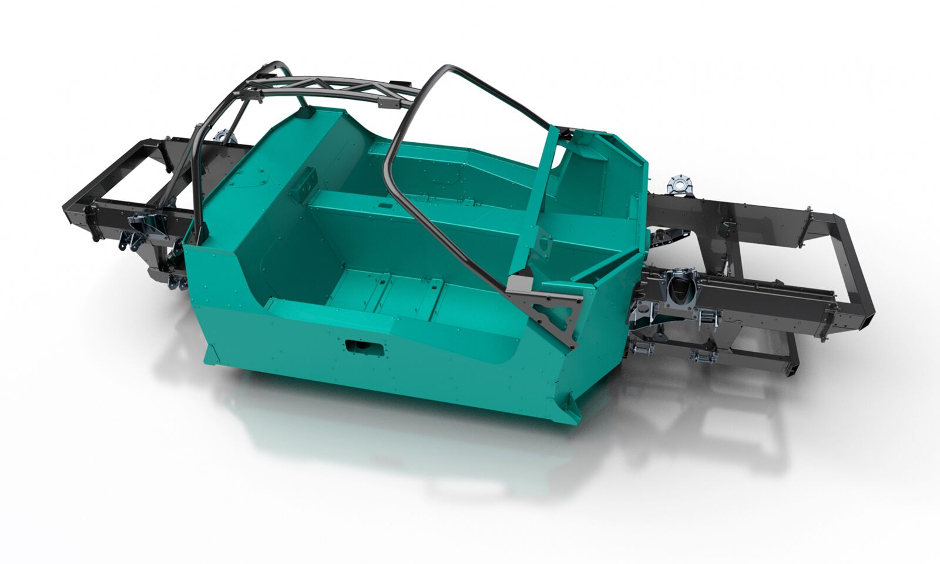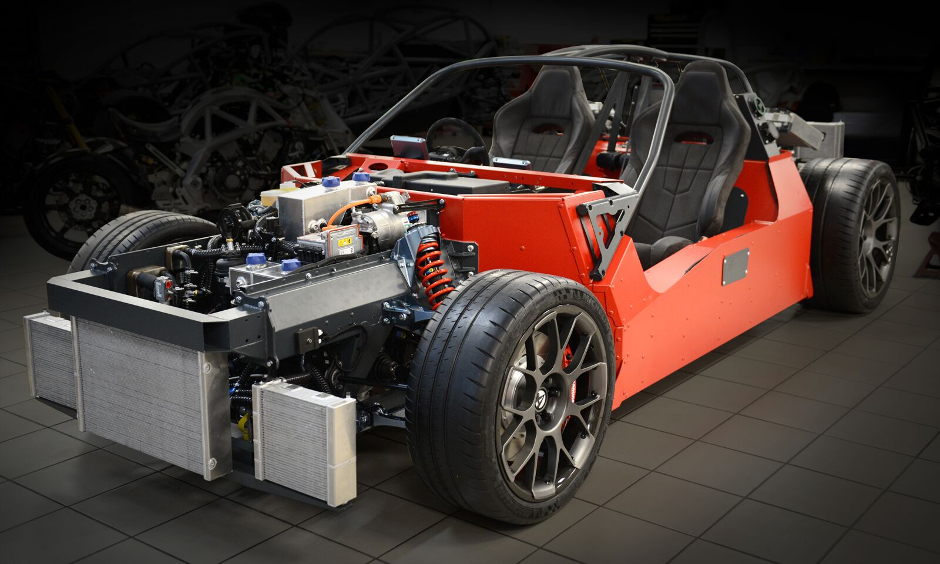
The University’s Advanced Structural Dynamics Evaluation Centre (ASDEC) has been closely involved with the project to develop HIPERCAR (High Performance Carbon Reduction).
In common with other Ariel Motor Company vehicles, HIPERCAR will be designed for extreme performance and agility but will see the introduction of a low-emissions hybrid powertrain.
Set to be built in Somerset in four and two wheel drive variants, the Series Hybrid EV (Electric Vehicle) will feature a 750V, 42kWh or 56kWh, lithium-ion, cooled and heated battery pack which is charged by a 35kW micro-turbine range extender.
Based at MIRA Technology Park in Warwickshire, ASDEC is the UK’s first commercial 3D vibration consultancy and modal analysis centre based on advanced, non-contact laser Doppler vibrometry measurements.
Martin Cockrill, technical specialist at ASDEC, said: “The key to modern vehicle development at every level is computer simulation. It is the only way to get the maximum performance out of structures to achieve the requirements of body stiffness for exceptional vehicle dynamics whilst minimising weight.
“However, in that respect it can only ever be a simulation of real world performance. To make sure that the simulation predicts as accurately as possible there needs to be a correlation step to fine tune the model to physical materials and actual production processes.

Cockrill added that ASDEC’s aptitude in correlating structures to their digital twin has been a key factor in the project.
“We have taken what is normally a very laborious slow process and brought it into the twenty first century,” he said. “Speeding up through automation, making a step change in data resolution to get maximum knowledge from a single test and at the same time ensuring that even the lightest of structures remains unchanged and uninfluenced by the testing process.
“At ASDEC, we have utilised the latest in laser based non-contact vibration sensors to avoid any requirement to attach anything to the surface. Keeping the response as pure as possible. We have automated the process by mounting these laser systems on a robotic arm. Allowing them to be positioned around the structure with pinpoint accuracy. This allows testing to continue 24 hours a day, 7 days a week. It also means that measurement density can be tuned to ideal requirements not balanced against technician stamina. Using data fed directly from the digital twin of the part under test.”
The HIPERCAR - High Performance Carbon Reduction - project is scheduled for release in 2019 and production by 2020.

HIPERCAR Tech specs:
Based around an aluminium folded and bonded lightweight chassis with full rollover protection, the HIPERCAR’s structure features aluminium front and rear sub-frames carrying aluminium wishbones and outboard adjustable suspension. Forged or carbon composite wheels carry 265/35/20 front and 325/30/21 rear tyres.
Powered wheels are driven by inboard motors via integral, single speed step-down gearboxes direct to driven wheels, with each individual motor developing 220kW (295bhp) and 450Nm (332 ft lb) of torque.
In 4 wheel drive total power is therefore 880 kW (1,180bhp) and in 2 wheel drive form 440kW (590bhp).
Total torque is 1,800Nm (1327ft lb) at motor and 9,900Nm (7301ft lb) at the wheels in the 4 wheel drive HIPERCAR and 900Nm (664ft lb) at motor and 4,950Nm (3651ft lb) at the wheels in the 2 wheel drive car.
The vehicle’s electrical architecture consists of high and low voltage systems linked by multiple CAN networks enabling the Powertrain Controller, Vehicle Dynamic Control Interface and Battery Controller to communicate and interact with 12V and safety systems.
Source: Ariel Motor Company




Project to investigate hybrid approach to titanium manufacturing
What is this a hybrid of? Superplastic forming tends to be performed slowly as otherwise the behaviour is the hot creep that typifies hot...